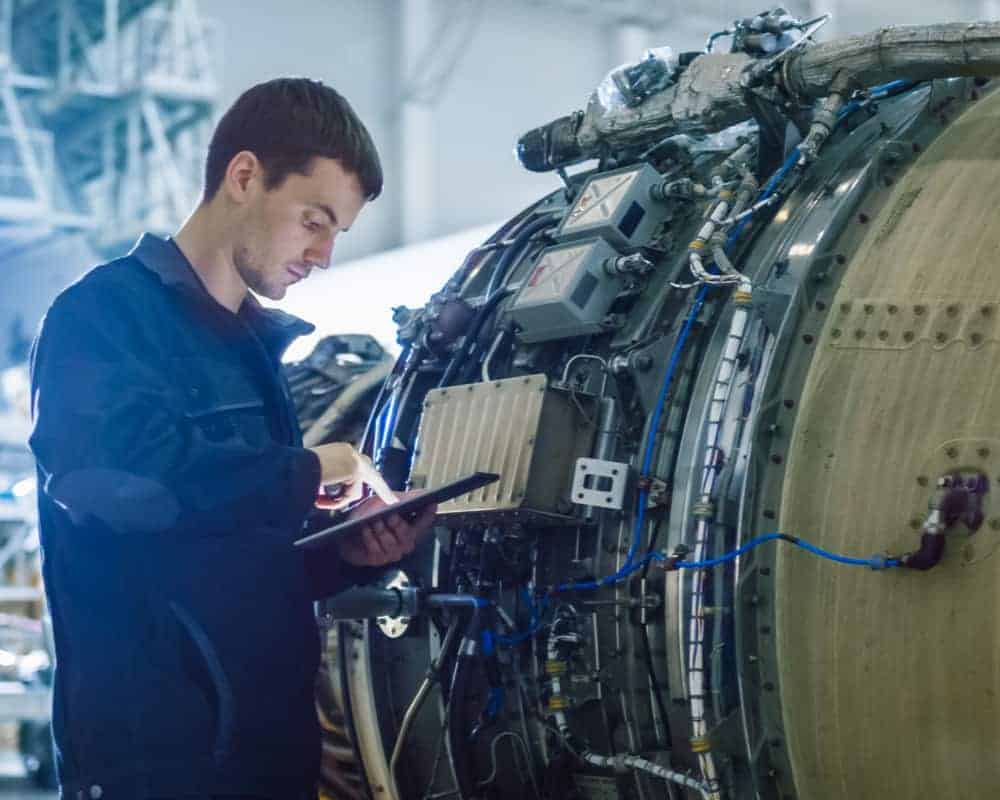Advantages and Disadvantages of Automated NDT Technologies

Non-destructive testing (NDT) plays an important role in many industries that impact daily life. Industries including automotive, aviation, construction, railway, manufacturing, and energy utilize various NDT methods to ensure the safety and quality of equipment and infrastructure. NDT involves the use of various testing methods to examine the irregularities in an object. Sometimes the sheer volume of needed NDT inspections raises questions regarding flexibility, speed and consistent data accuracy—mainly due to the chance of human error. Automated NDT technologies can help to address these concerns.
Automating NDT Technologies: The Advantages and Disadvantages
There are many NDT techniques that can be used to address different types of testing requirements. Some of them include ultrasonic, eddy-current, magnetic, laser, radiographic, visual, infrared, acoustic, vibration, leak, and liquid penetrant testing. Many times, asset owners use a third party or NDT manufacturer’s custom engineering services to take specific NDT inspection equipment components and create an automated solution for enhanced performance. The automated process can be used along production lines or for routine servicing of infrastructures like pipelines and railways, for example. Automation helps to gather and analyze the data quickly and with more accuracy and precision, allowing the technician to make an informed decision.
Automated NDT Advantages
Automation of NDT technologies provides many advantages. Here we discuss the reliability, repeatability, flexibility, and speed benefits of automation.
Increased Accuracy and Reliability: Given the high stakes involved in NDT, the inspection process and the resulting data must be reliable. When conducting manual testing, NDT technicians often have to spend a large amount of time trying to identify the flaw. Lack of complete attentiveness or fatigue can decrease the chance of the operator identifying the flaw. This prospect can be especially dangerous while inspecting aviation, automotive, or nuclear plant-related components. Reliability can be increased through automation.
Automated NDT technologies can reduce human error and assist in gathering accurate data. They allow for easier inspection of different materials and geometry along the larger area. The automated tool integrated with advanced software can read and analyze data for flaws, thus increasing the reliability of inspection.
Data Repeatability: Automated NDT can provide detailed data with enhanced repeatability and accuracy in flaw detection. In manual testing, there can be a considerable degree of variance in test data mainly due to human limitations. With an automated NDT approach, the system can be calibrated to produce an accurate result on a repeated basis. However, stakes remain on the careful calibration of the equipment.
Improved Flexibility and Speed: An automated NDT system can provide greater flexibility of inspection. It can be easily integrated into the existing production lines and the software can be customized according to the client’s needs. Solutions like automated UT scanners can automatically scan simple as well as complex structures at multiple angles and directions in a single line. These scanners can be run across multiple tracks to cover a wide test radius. Without having to adjust for different parts, the inspection can be conducted at a much faster rate as compared to manual testing.
Automated NDT Disadvantages
Before making a decision on whether or not to consider automated technology, it is important to understand the challenges. Initial investment and manual dependency of the technologies can make its adaptation uneconomic for some applications.
Investment: Automated NDT technologies have many advantages over manual testing. However, it requires a large initial investment to set up an automated station. In some cases, it may also not be economically practical. For example, inspecting a simple metal weld is much more economical if done manually.
Manual calibration and interpretation: Although automated NDT technologies can free operators and analysts from their active hand on involvement in mundane tasks, it still requires manual support. The automated system requires manual calibration for it to read the accurate data. Without proper calibration, the entire set of data acquired from the inspection will be flawed.
Choosing Automated NDT Technology
Industries are increasingly adopting automated NDT technologies for their many benefits. With enhanced automatic inspection and flaw detection capability, industries can focus more on improving the quality of their product. The flexibility of the automated NDT process makes it suitable for the mass production line. Accuracy and reliability of the inspection process ensure that the flaw is detected each time. With these benefits, asset owners can make informed and cost-effective decisions.
Zetec is a leading provider of automated non-destructive testing solutions, specializing in automated ultrasound, eddy current, and mechanical systems solutions. For more information on our cutting-edge instrumentations and software, contact us today.
